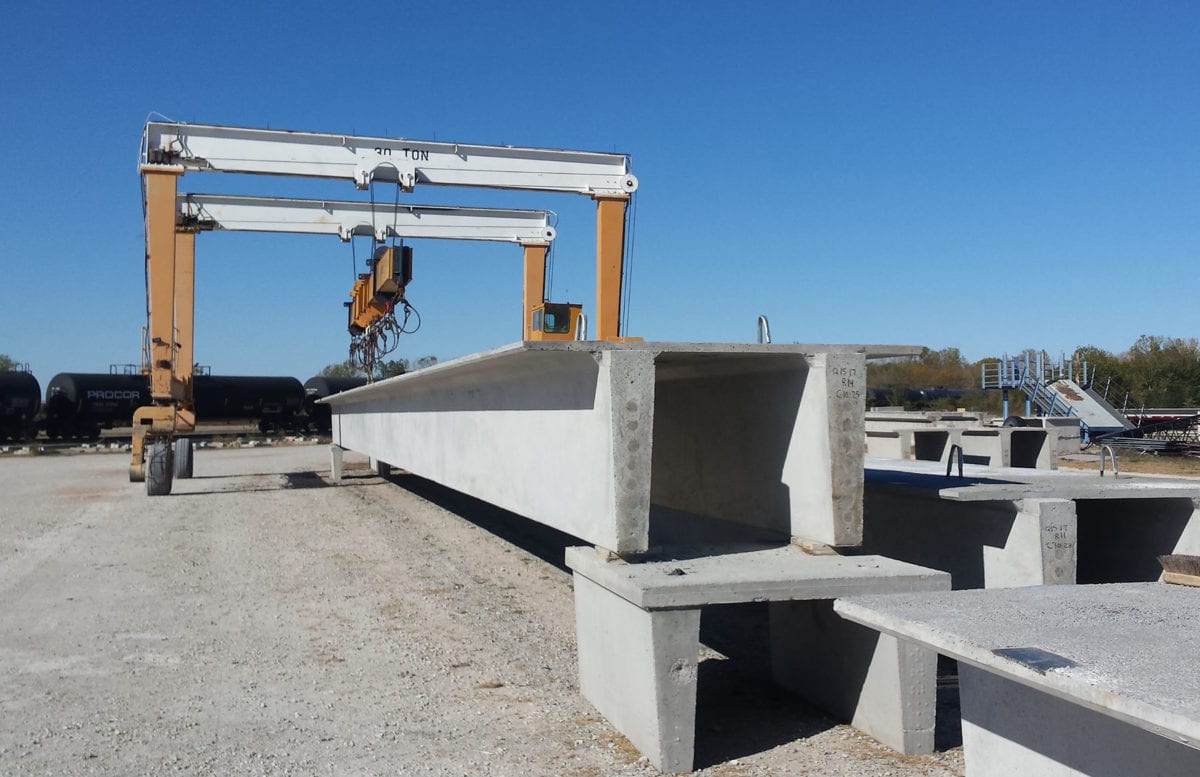Prestressing and reinforcing are two of the main ways of ensuring concrete’s durability and longevity.
And while both provide extra levels of protection and strength, they do so in distinctly different ways.
How does compression work with prestressed concrete?
With prestressed concrete, initial compression is applied to the concrete before ever being exposed to an external load. This initial compression is introduced by high-strength steel wire located in the concrete section.
In prestressing, those steel cables are stretched before the concrete is poured around them. Upon attempting to return to their normal length, the cables become stronger. The end result is concrete with greater tensile strength.
This is why prestressed concrete is often used on long-spanning projects such as bridges, tall buildings, gymnasiums, and parking garages.
What is reinforced concrete used for?
Reinforced concrete is similar in that steel rods, or rebar is inserted into the concrete ahead of the pour. Once the concrete is poured, vibrations are used to remove air pockets and evenly distribute the material.
This process often allows for the customization of shapes and sizes, which is helpful and effective in a variety of architectural projects. Reinforced concrete is often used in columns, foundations, dams, and highways.
Both prestressing and traditional reinforcement are very important to ensure the strength and quality of the concrete. Deciding which concept to use usually depends on the type of project, as prestressing isn’t always necessary.
Before you start your next project, talk to us about your options!



